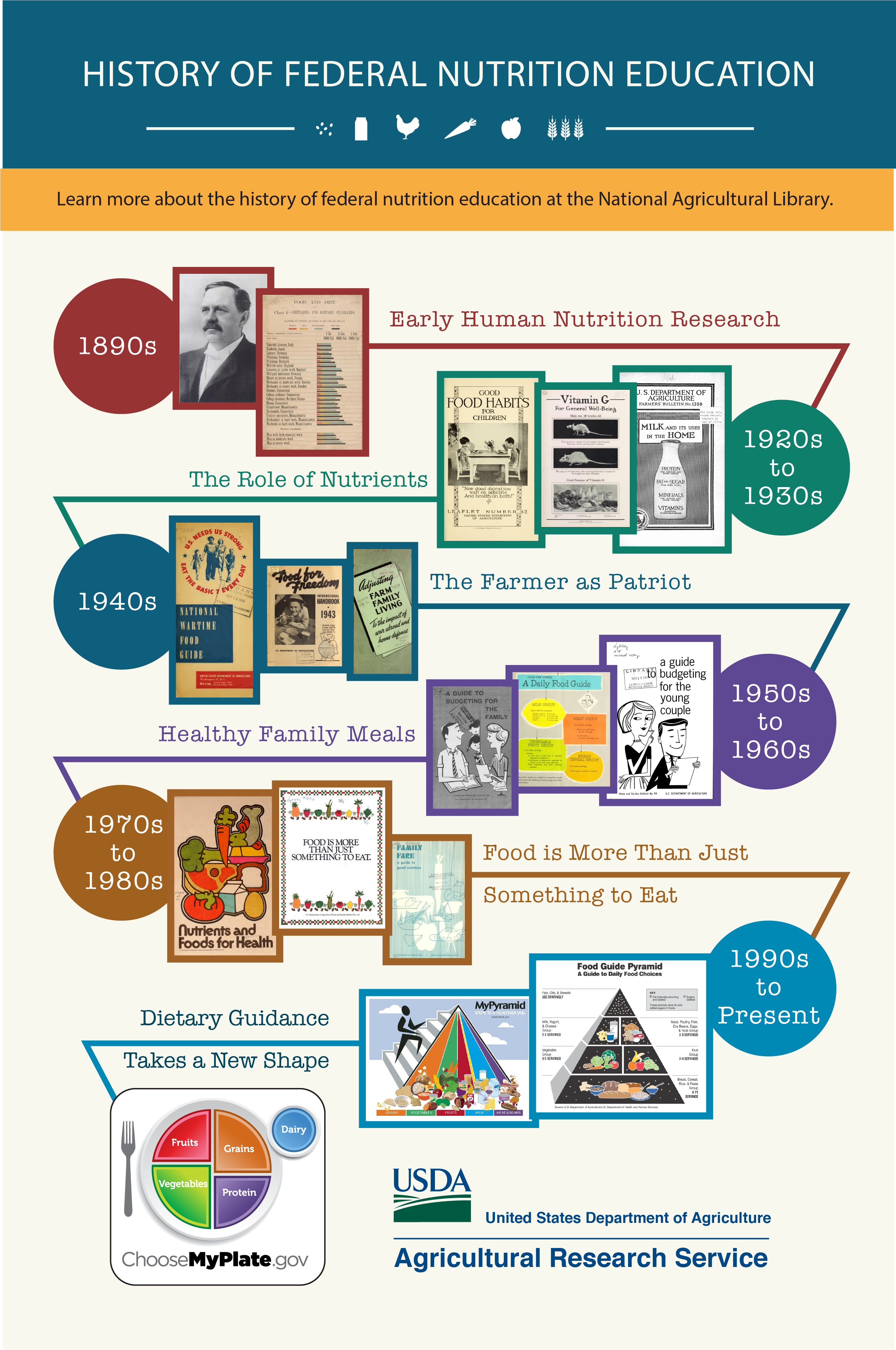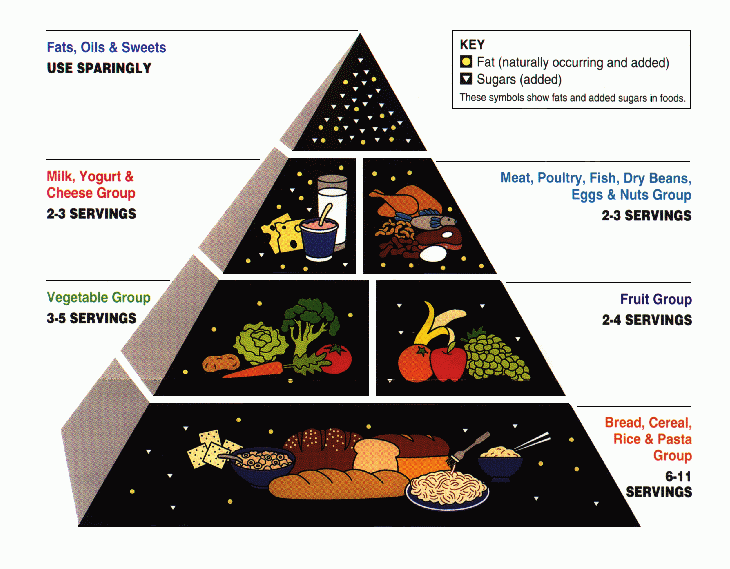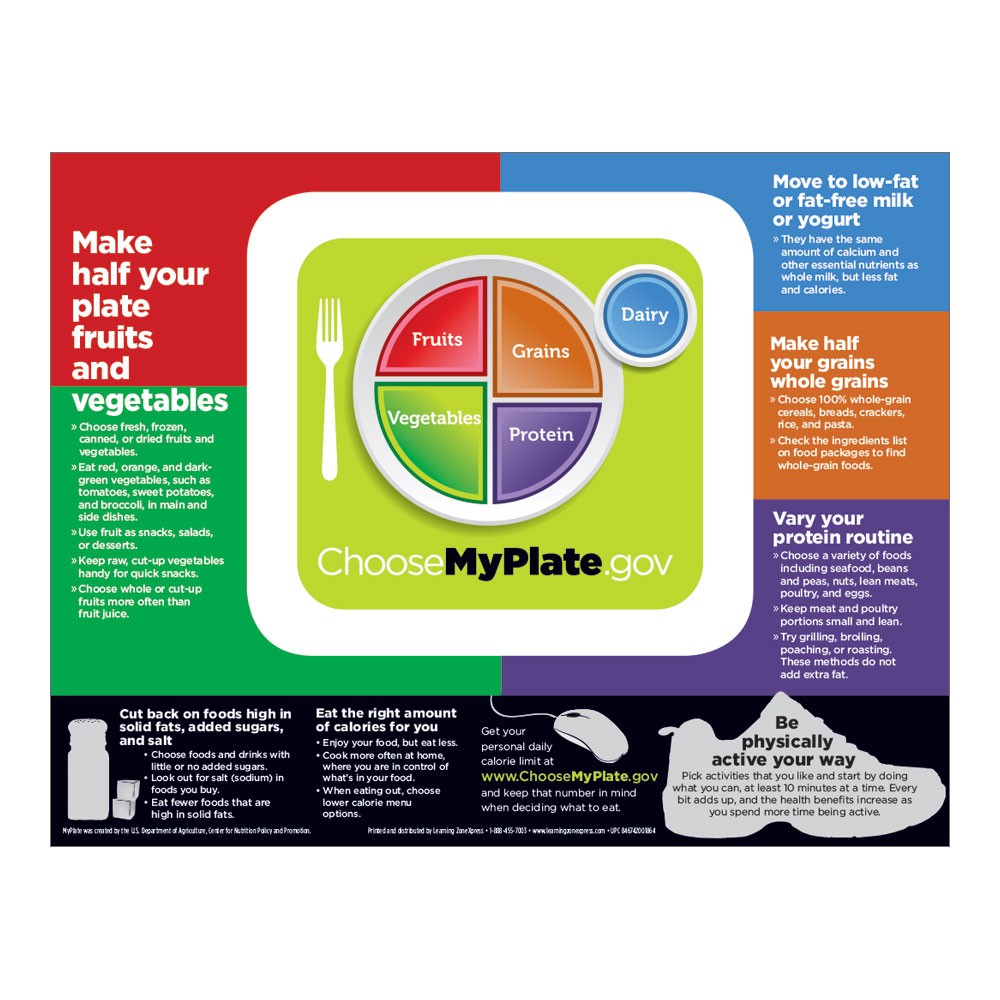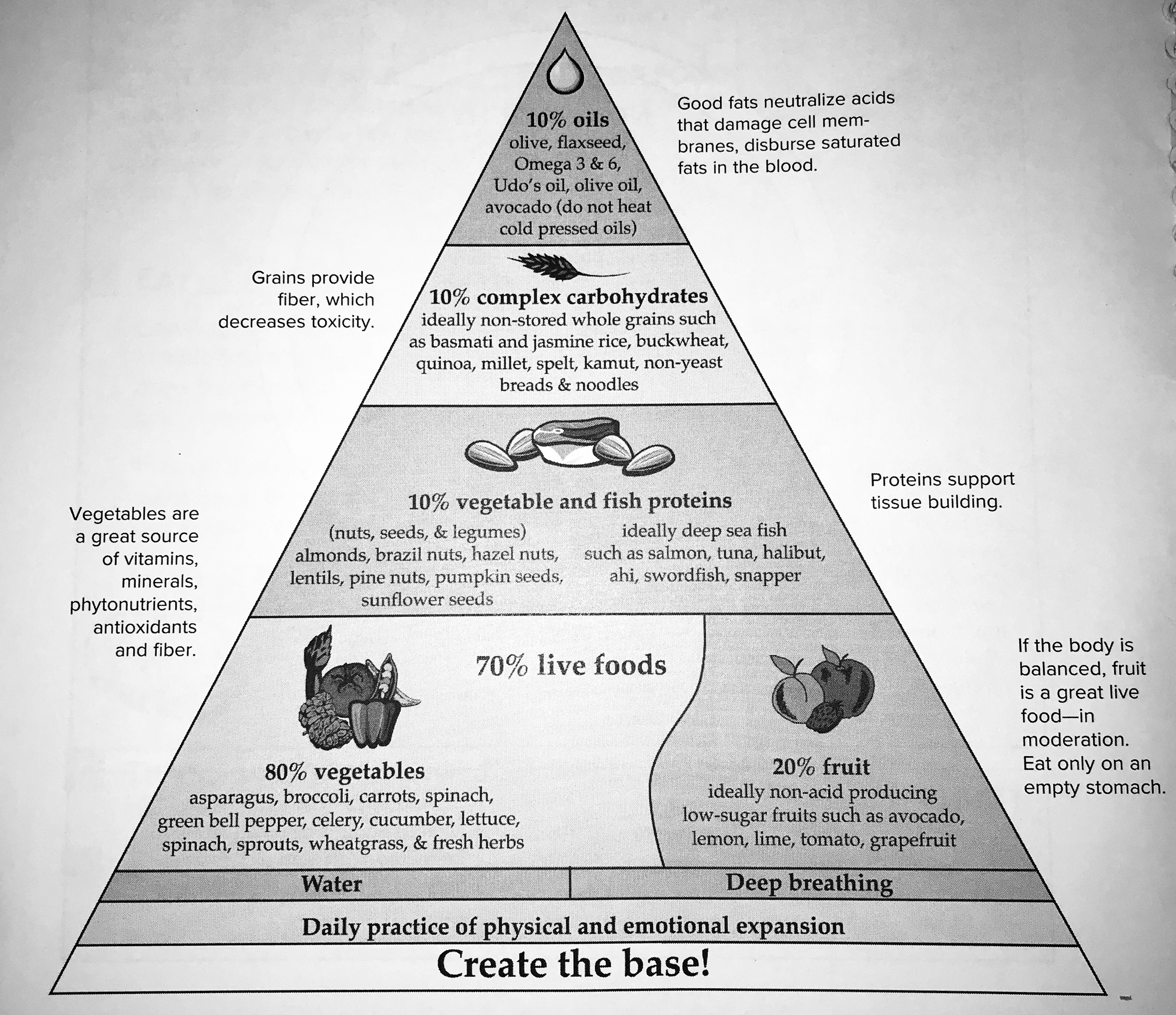Many of us grew up with parents who thought they were providing us with healthy choices, but, many times, did not know they were doing the opposite. Many parents based their meals around what the United States Department of Agriculture (USDA) promoted annually. Much of what the USDA promoted was based on incorrect information. It also helped to support various agricultural industries in the United States, like meat, dairy and corn. To prove my point, I dare you to find anything in the middle of your grocery store that doesn’t have dairy or corn as a main ingredient.
I have been trying out a variety of diets over the past several years, Paleo, South Beach, The Zone, etc. All have benefits but I believe I have found something that is truly beneficial for all. A good portion of it comes from Dr. Herbert Shelton (we are not of relation… to my knowledge). He wrote a book called “Food Combining Made Easy”. In it, he discusses the work he has done over decades with a variety of patients and the tremendous results they have encountered using his methodology.
The three items Dr. Shelton eliminates in his guidelines are caffeine, sugar and dairy.
Eliminating these three components from my diet has been game changing! I have had the biggest sweet tooth (I love ice cream, cake, pie, chocolate, etc) and I have had 3 cups of coffee every morning since I got out of college. Multiple decades. These were not easy habits to break. The first week is what I would call “hell week.” After that thought, the habit was broken and I feel incredible. Plus, I’m saving some money every month not having to buy those things.
Here’s a brief historical nutrition lesson:
USDA promoted “Food is More Than Just Something to Eat” from the 1970s to 1991. You can take a look at the brochure here: https://nutritionhistory.nal.usda.gov/download/CAT87213550/PDF
“Food is More Than Just Something to Eat”
Promoted the eating and combining of these food groups.
Proteins: the USDA states “Where is protein found? Meat, poultry, milk, fish, cheese and eggs provide good quantities of it. Bread and cereal are also important sources.” It even states, “All these combinations provide the high quality protein the body needs.” It is very apparent the USDA was not aware or understanding how these foods actually impacted our bodies. Breads and cereals “clog up” our bodies and force our liver/pancreas to create insulin. Insulin then is used to create and store fat. If you are looking to trim the fat from your body, avoid breads and cereals like the plague.
Fats: “Fats are plentiful in butter, margarine, shortening, salad oils, cream, most cheeses, mayonnaise, salad dressing, nuts and bacon.” Good Lord! Fats combined with proteins inhibit the digestion of proteins.
Carbohydrates: “These are starches and sugars found in cereal grains, fruits, vegetables, and sugar added to foods for sweetening. Carbohydrates are the major source of energy in the diet. Wheat, oats, corn and rice – and the foods made from them, bread, spaghetti, macaroni, noodles or grits – provide starch along with other important nutrients.”
Water: The USDA was right in stating “Water is the most important nutrient.” However, the brochure goes on to say, “Water is necessary for all the processes of digestion.” And, “Coffee and tea are mostly water, and so are fruit juices and milk.” There is no mention of whether or not people should be drinking water or other beverages while eating; and what impact that would have on digestion. If you follow Tony Robbins’ “7 Rules for Healthy Eating”, you should avoid drinking anything while eating as it will give you the chance to breathe correctly, aiding in digestion.
Proper digestion is also corrupted by the use of alcohol, soft drinks, tea, coffee and iced drinks.
Minerals: USDA promoted Calcium, Iron and Iodine as essential.
Calcium: Milk was promoted as the first source of Calcium and the USDA also mentioned “dark, leafy green vegetables like collards, mustard greens or turnip greens” as providing some calcium. They also make reference to salmon and sardines as “useful amounts of it if the very tines bones are eaten.” Weird.
We know today there are a variety of sources for calcium other than milk/dairy including, broccoli, broccoli rabe, kale, edamame, figs and oranges.
Iron: USDA cited “…most lean meats are supplied with it. So are shellfish, particularly oysters”, which is true. However, it also suggested “…enriched breads and cereals can provide 20 to 25 percent or more of the daily iron needed.” Again, many professionals recommend staying away from breads and processed foods.
Iodine: “The most important fact about iodine is that a deficiency of it can cause goiter – a swelling of the thyroid gland.” The USDA recommended using iodized salt and eating seafood whenever possible.
USDA then moved to the Food Guide Pyramid in 1992.
As you can see from the picture below, the USDA set the foundation of the pyramid to be the bread, cereal, rice and pasta group. Followed by the fruits and vegetable groups; then the dairy and meat groups; and fats, oils & sweets on top.
The USDA states “Use the Food Guide Pyramid to help you eat better every day… the Dietary Guidelines Way. Start with plenty of breads, cereal, rice and pasta; vegetables; and fruits. Add two to three servings from the Milk group and two to three servings from the Meat group. Each of these food groups provides some, but not all, of the nutrients you need. No one food group is more important than another – for good health, you need them all. Go easy on fats, oils and sweets, the foods in the small tip of the pyramid.”
This view of nutrition is fully based on incorrect understanding of how the human body processes food. The USDA is pushing a pyramid based on foods that inhibit our bodies from working in an optimal state.
6 – 11 servings of breads, cereals, rice and pasta as your foundation will automatically clog your system and slow your metabolism.
Enhanced further by animal flesh and dairy… you stand no chance of eliminating or minimizing inflation, bacteria and disease.
MyPlate replaced MyPyramid and the Food Guide Pyramid in June 2011
“MyPlate is part of a larger communication initiative based on the Dietary Guidelines for Americans to help consumers make better food choices. MyPlate is designed to remind Americans to eat healthfully, and is not intended to change consumer behavior alone. MyPlate illustrates the five food groups using a familiar mealtime visual — a place setting.
The MyPlate Plan shows your food group targets -– what and how much to eat within your calorie allowance. Your food plan is personalized, based on your age, sex, height, weight, and physical activity level.”
While this new iteration of dietary guidelines from the USDA features several improvements, such as portion sizes, caloric intake and eating less sodium and sugar, it fails to address the faults of an animal based diet.
I like the food pyramid below, which emphasizes a plant based diet and water rich foods, such as fruits and vegetables. The base of this pyramid doesn’t focus on food at all. It focuses solely on physical and emotional expansion. Then water and deep breathing. This is due to Dr. Herbert Shelton who wrote Food Combining Made Easy.
7 Rules for Healthy Eating:
1. Drink Water before and after your meals, not during
2. Properly combine your foods (i.e. – protein and carbohydrate foods should never be combined)
3. Eat in a relaxed state
4. Eat comfortable amounts of food
5. Eat organic foods
6. Timing is everything: eat small amounts every 3 hours
7. Add supplements to your diet as needed.
Recommended resources:
1. Read Dr. Herbert Shelton’s book, “Food Combining Made Easy”











